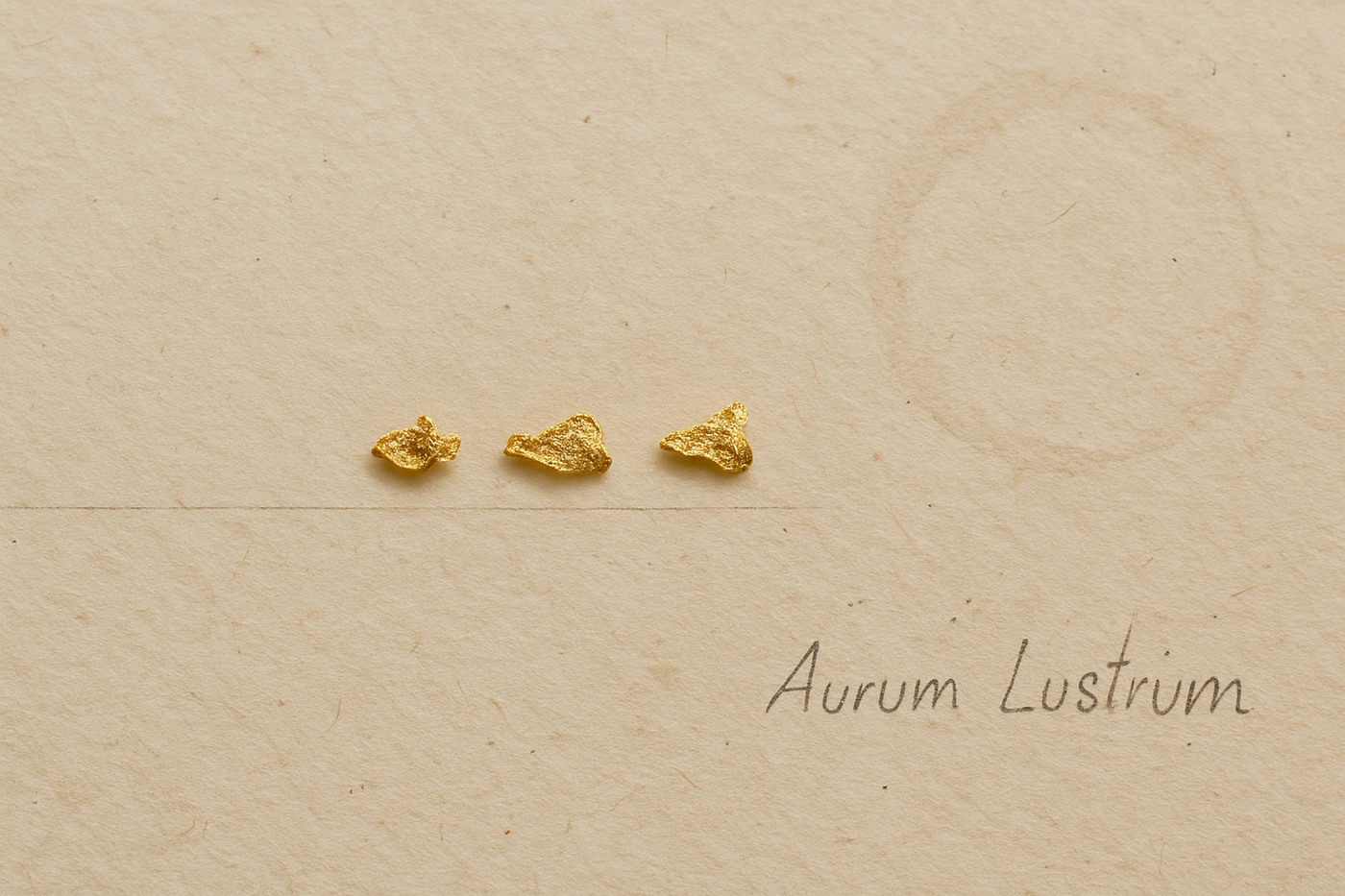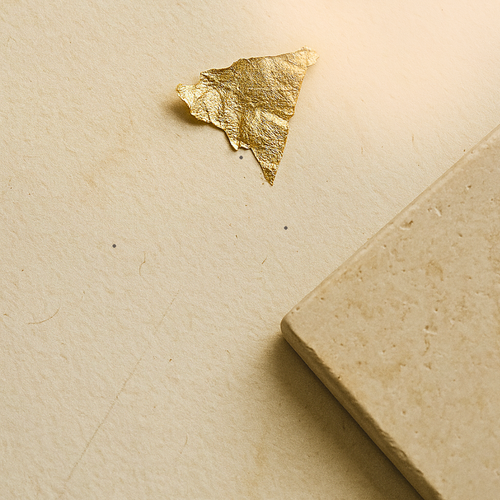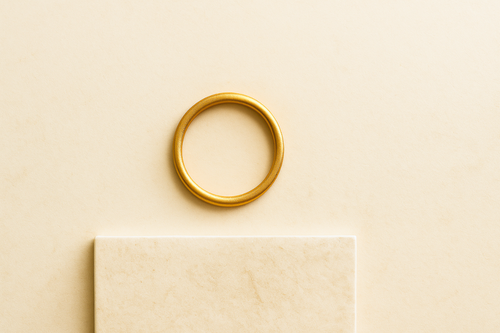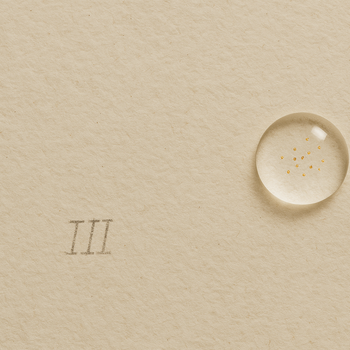Aurum (Gold) — Light, Safety, and Use




Gold has always marked the threshold between ornament and meaning. To wear Aurum Lustrum is to enter that lineage — to mirror the ancients not in appearance, but in intention: the pursuit of beauty that endures as long as the element itself.
References
On gold’s resistance to decay and its symbolic purity.
Mentions powdered metals in ointments of ceremonial use.
Analysis of colloidal gold’s optical and stabilising roles.
Cosmetic Dermatology: Principles and Practice — Notes inertness and limited biological effect of metallic gold.
Journal of Egyptian Archaeological Science, 8(1), 55–68 — Chemical analysis of gold in cosmetic ointments from New Kingdom tombs.
Originally published: October 2025 – Sapientarium Chronicle IV




